List of drills: Outdoor drills part 1
While encouraging my cousin to get professional training as a shooter, he refused with “I’m a crack shot.” My reply was “Hitting a punching bag does not make you a boxer” and “I’ve never seen a gun fight where both parties stand still, aim calmly, with as much time as needed, to hit a stationary target.” We all prepare, to a greater or lesser degree, to need a firearm for combat shooting. Combat shooting forms the basis of my outdoor drills.
Some highlights and explanations:
Target Identification
Be sure your target is actually armed and that your use of force is justified. Even police mistake cell phones for guns. Interactive Gun Range provides a superior experience to using numbers or math to identify targets, presenting actual visual differences to shoot at.
Clear Checkpoints
In a stressful situation we get tunnel vision. This is an instinctive response to help you focus on that bear trying to eat you. But in a gunfight tunnel vision is counterproductive. To fix this, once your target is neutralized, do not holster your weapon. First, look fully left, then look fully right. If no additional targets, and your prior target remains neutralized, reload, then holster your weapon. This ensures there are no additional targets you did not see. It also helps you clear your tunnel vision.
Accuracy at Different Ranges
How much time you take to aim should depend on how far away the target is. At 3-5 yards, where most shootings occur, you don’t really need to aim at all. This can shave a second off your firing time. At 20 yards you really need to aim, as you are liable for every bullet. Practicing at different ranges deliberately, by moving the target every round of fire, helps you develop this skill.
Triple Tap / Transition from Body to Head
Unlike the movies, just shooting someone does not typically immediately take them out of the fight. Even if you shoot them in the heart, all that does is stop circulation and it would still take about 10 seconds for them to lose consciousness. The body is actually pretty good at stopping bleeding in the short-term, where even someone with their arm cut off won’t immediately bleed due to constriction of the blood vessels. So plan on shooting until you hit the spine, center of the brain, or until your target submits. This may include one or more reloads and jam clears. You practice those too, right?
Kneeling / Prone / Cover / Supine / Walking
If gunfights never happen standing still, why would you train that way? It should seem obvious you would spend 90% of your time training while moving or in cover, yet the opposite is true for most people. I understand that for safety most indoor gun ranges don’t let you do this, yet it does a disservice by making people like my cousin think they can defend themselves.
Speed Course
By speed course, I mean multiple targets and cover ahead of time, predetermining what cover and targets you will shoot in what order, and shooting all targets for accuracy in as little time as possible. There are online forms or apps you can use that will score you, based on time and accuracy.
The biggest benefit of this drill is you learn how to mentally preplan. Prior to actually engaging with your target(s) you predetermine what movements you will make, how many steps you need to walk or run to reach the next cover point, and so on. With practice eventually you move like John Wick, wasting no time or movement with your transitions. I’ve been able to complete the course twice as fast with practice vs. doing the same set of movements cold. In most cases a fight doesn’t start out with bullets already flying at you. Speed courses train your mind to use what time you have while assessing the threat to pre-plan your actions, letting you move much more confidently and rapidly.
Doorway
Point your knee at the edge of the door. Perform what is called “Slicing the pie” to edge around the doorway, giving you maximum time to shoot while any targets in the room minimum time to react. But don’t stand in the doorway if your opponent already knows you are there! They can otherwise just aim at the doorway and shoot blindly as soon as they hear or see something. Drywall doesn’t stop bullets other than frangible. If your opponent does know you are there, your best bet is to take another route of entry or avoid the engagement. If you have no choice for some reason, charge into the room and take cover.
Off-Hand or One Handed Draw/Shooting
A violent situation may start with you already hurt. Or maybe your arm is just tangled up in the seatbelt while your car is surrounded by rioters. If you only have one arm available, do you just accept you are not good at that situation and put your life at greater risk? It’s not easy to do this safely, so this drill is to ensure you are reasonably accurate while not shooting yourself under stress.
Revealed Target / Hostage
In this drill you have multiple targets, but pretend you didn’t know the other target was there until shooting the first and taking additional movement. It seems silly, but helps with enforcing that you clear checkpoints and identify targets properly. Most thugs will not attack you by themselves. Even after Kyle Rittenhouse shot his first attacker, 3 more came at him.

